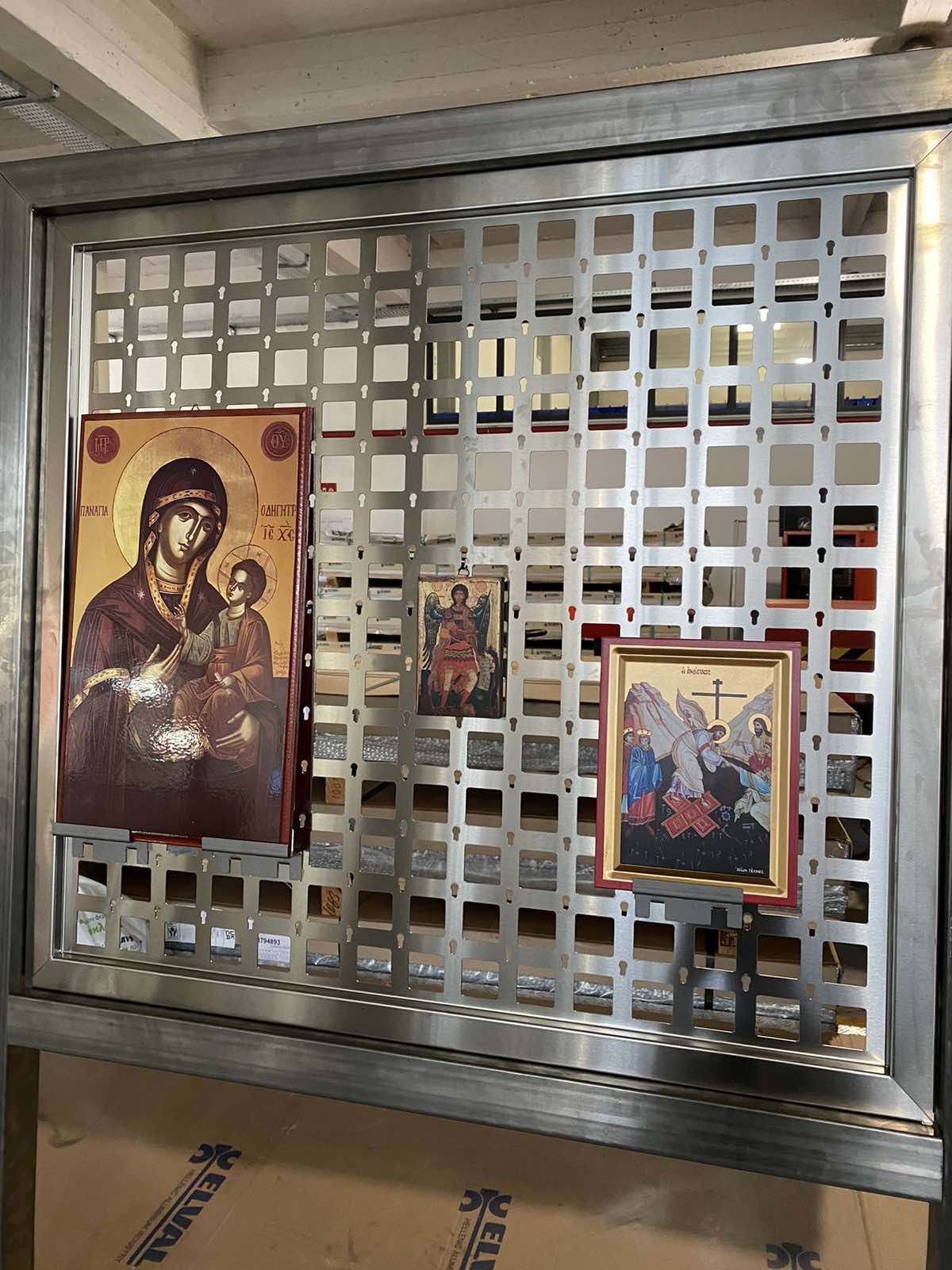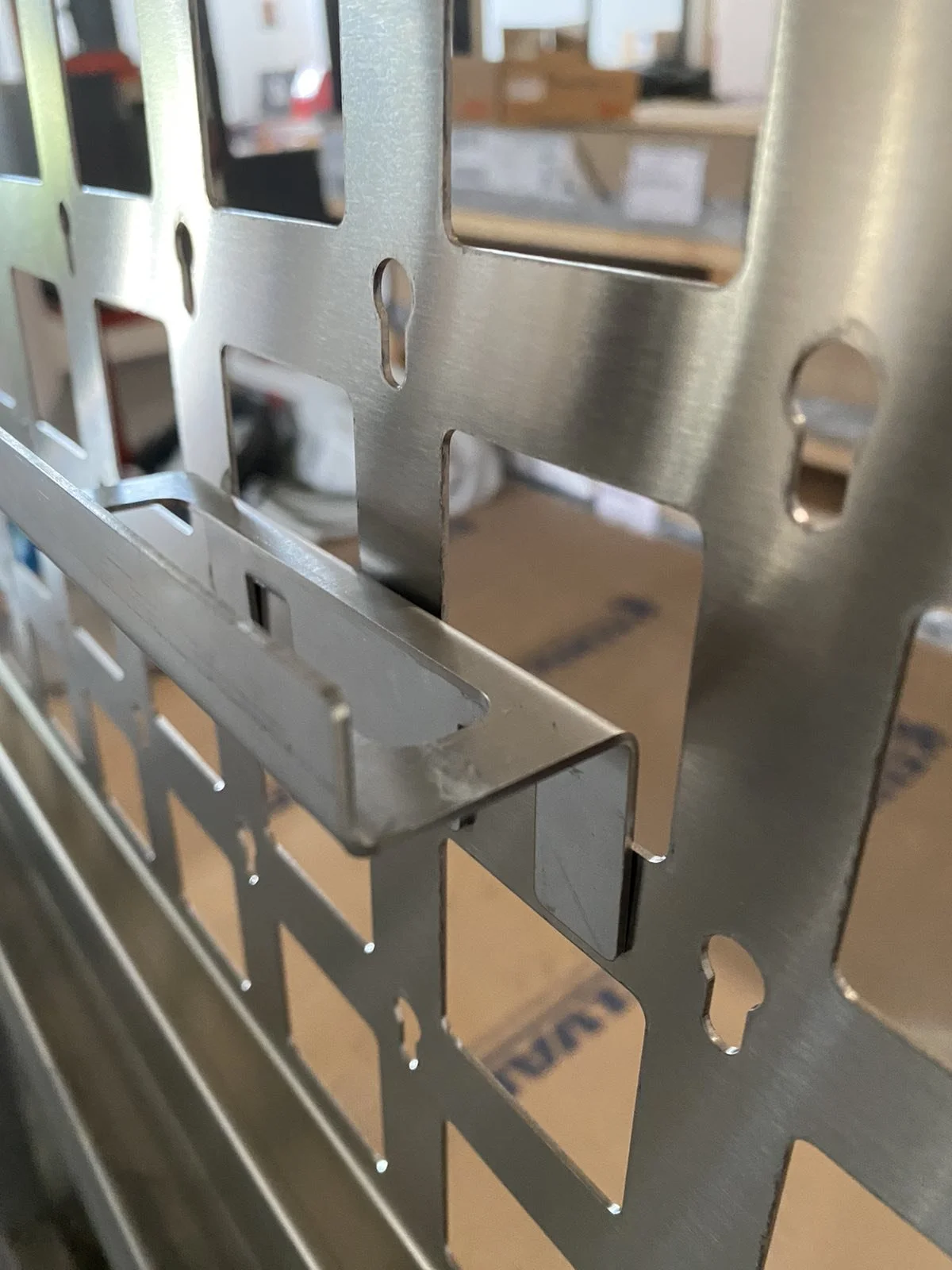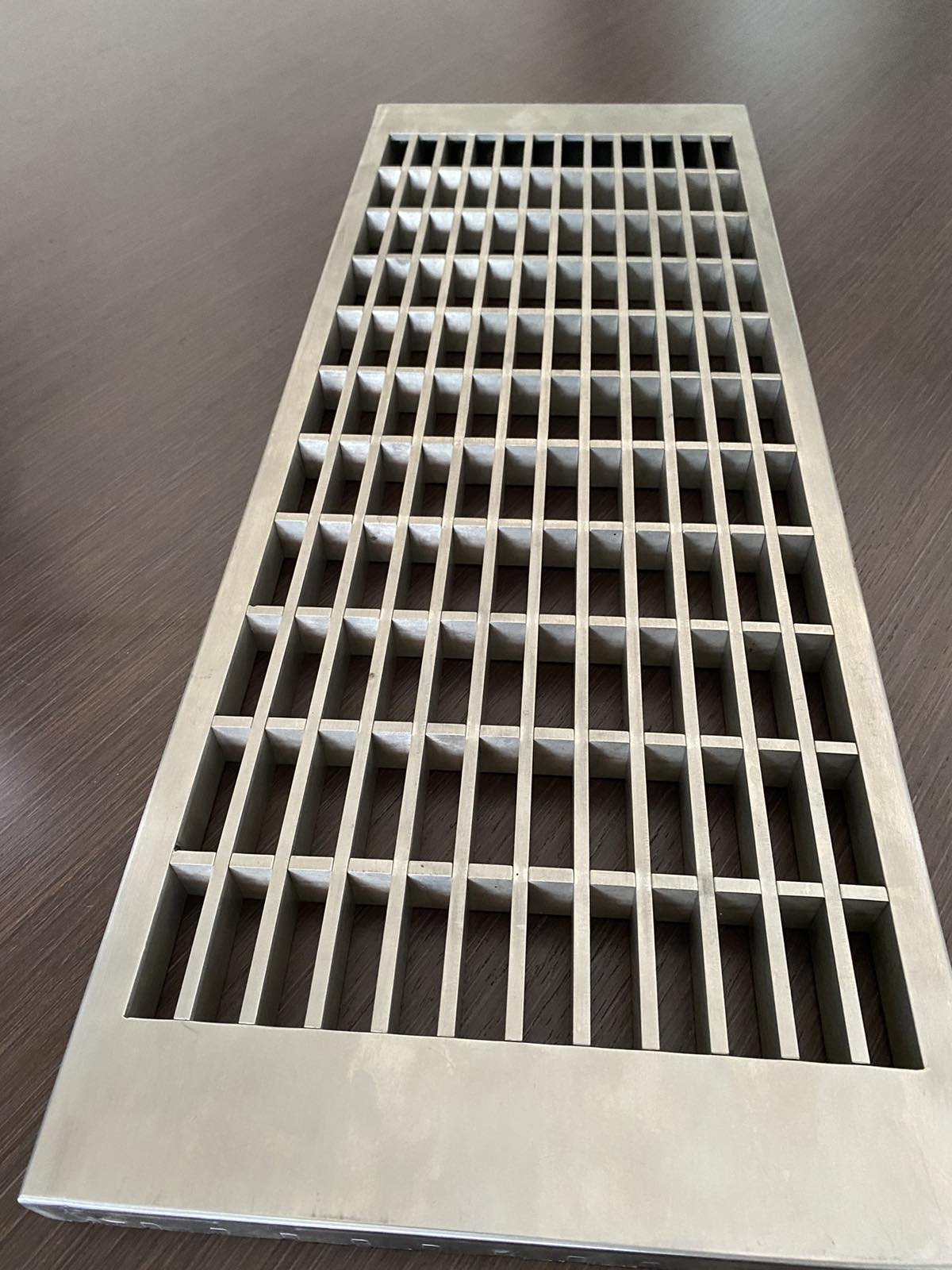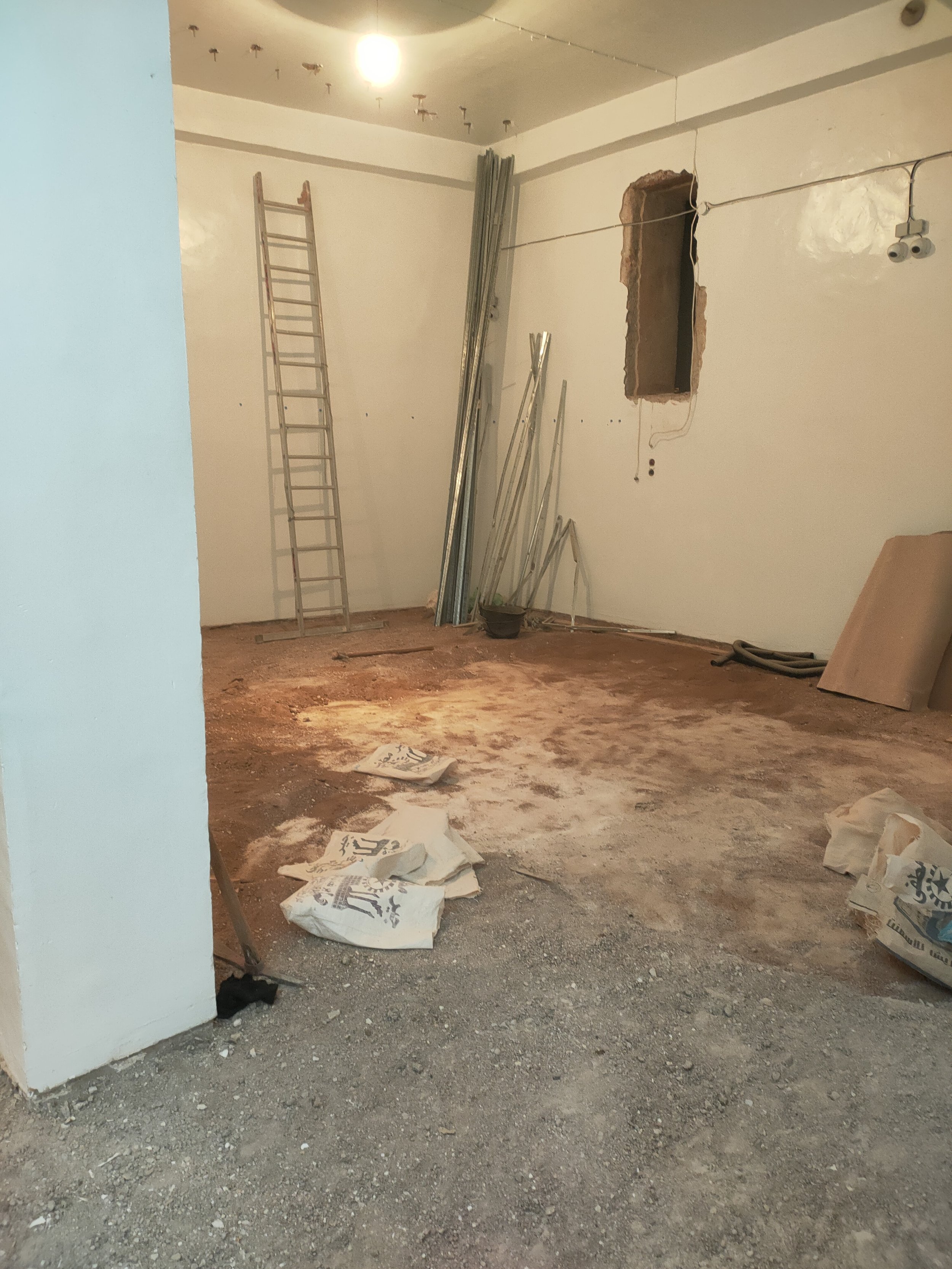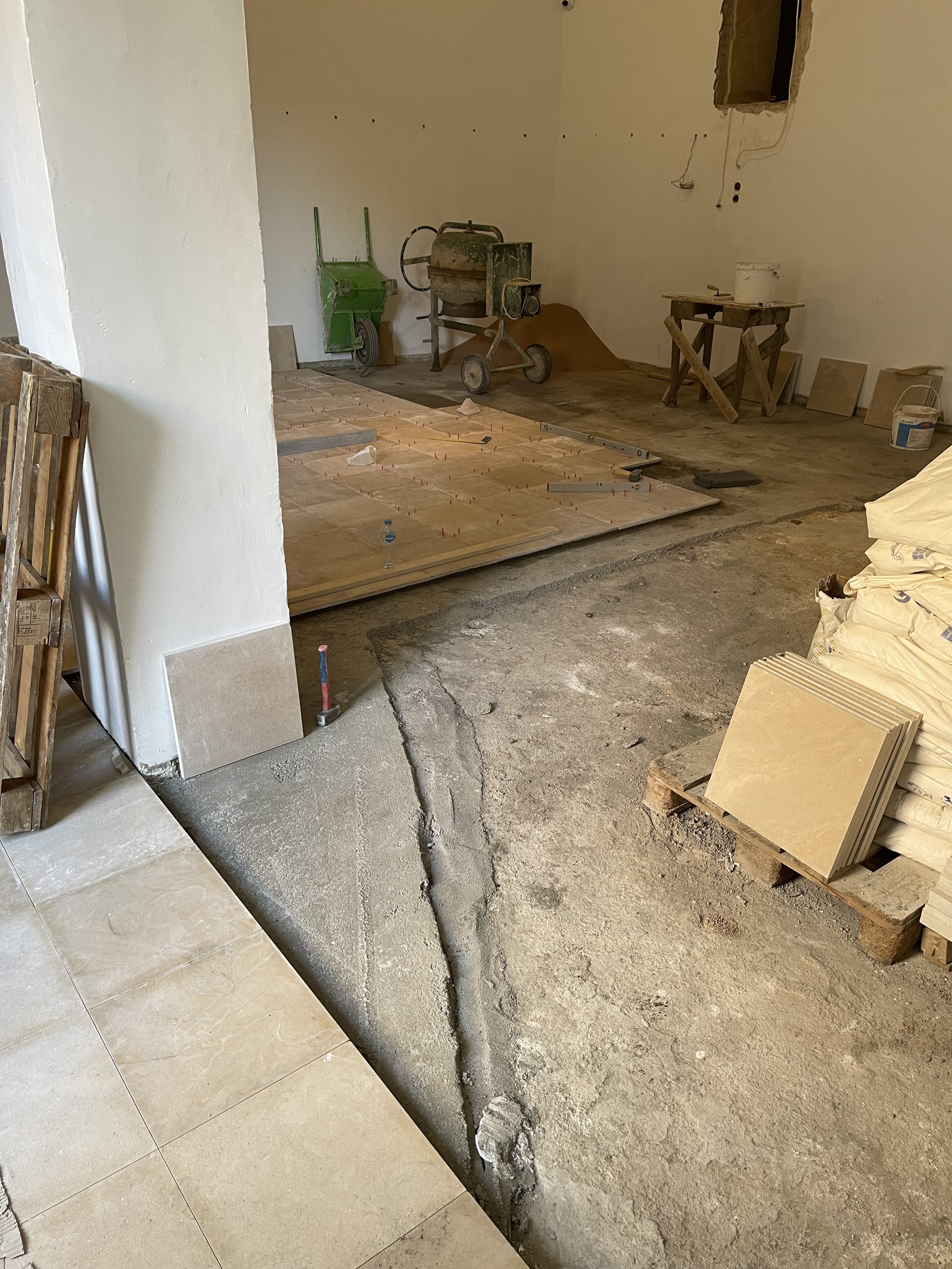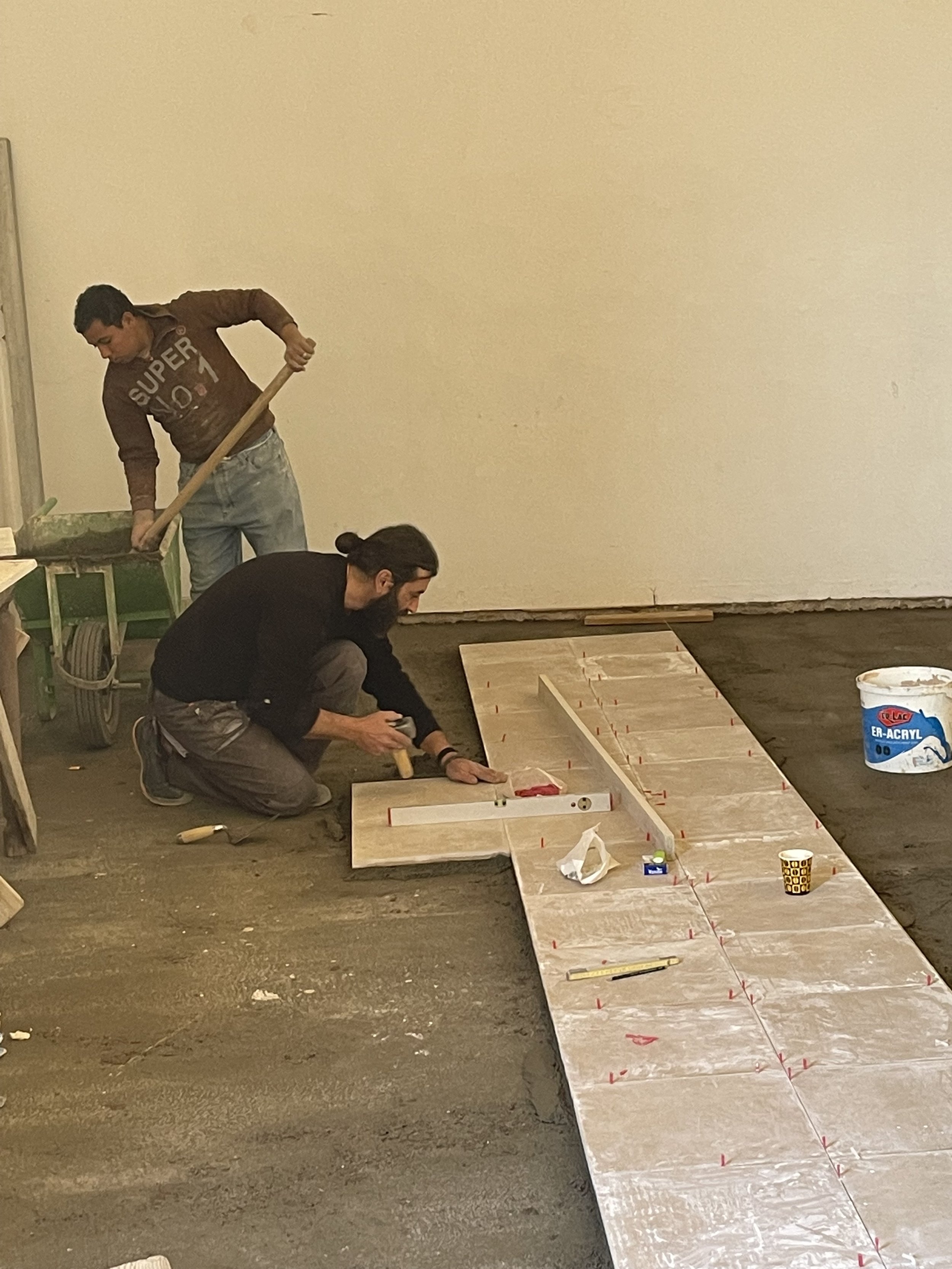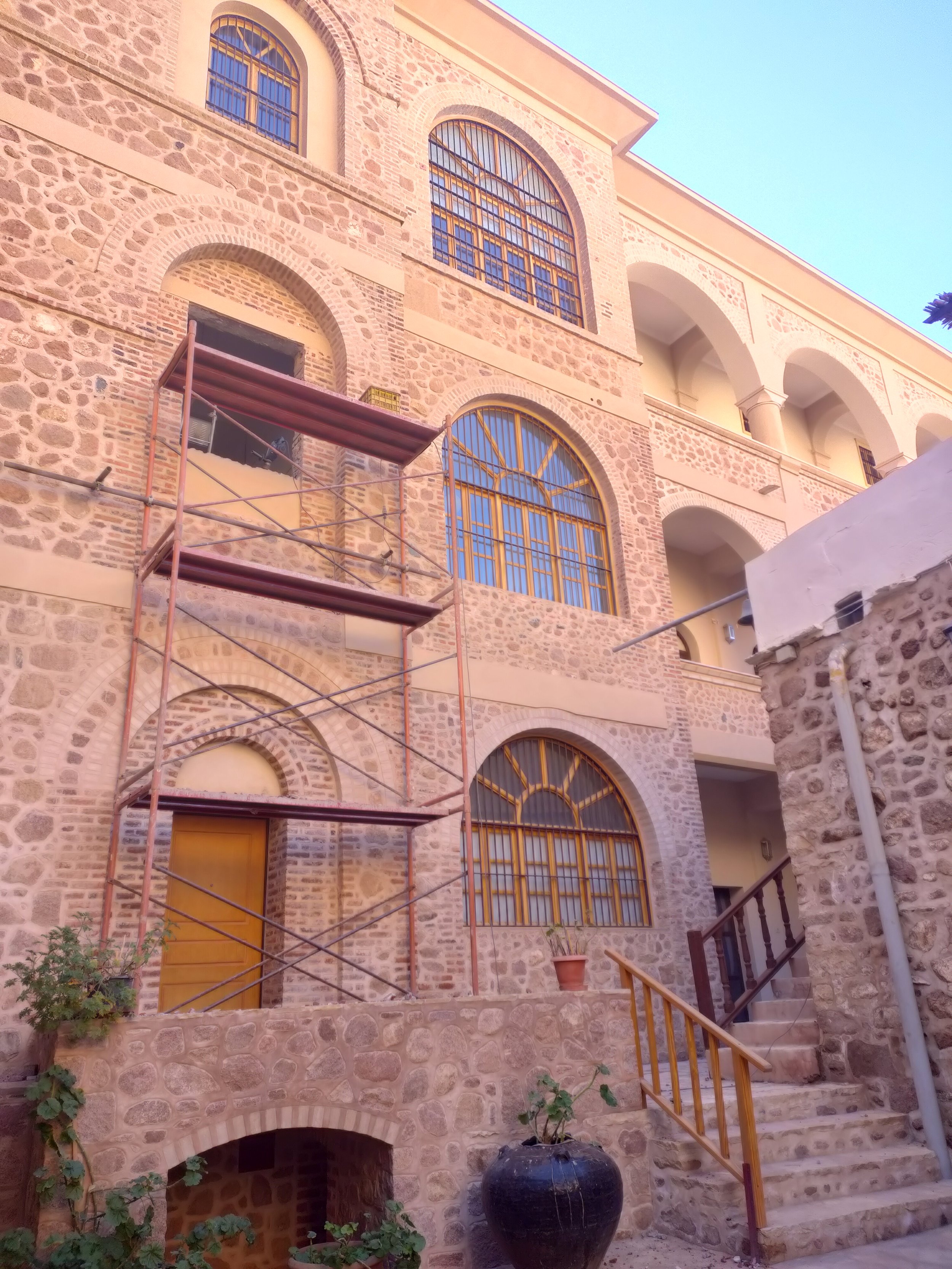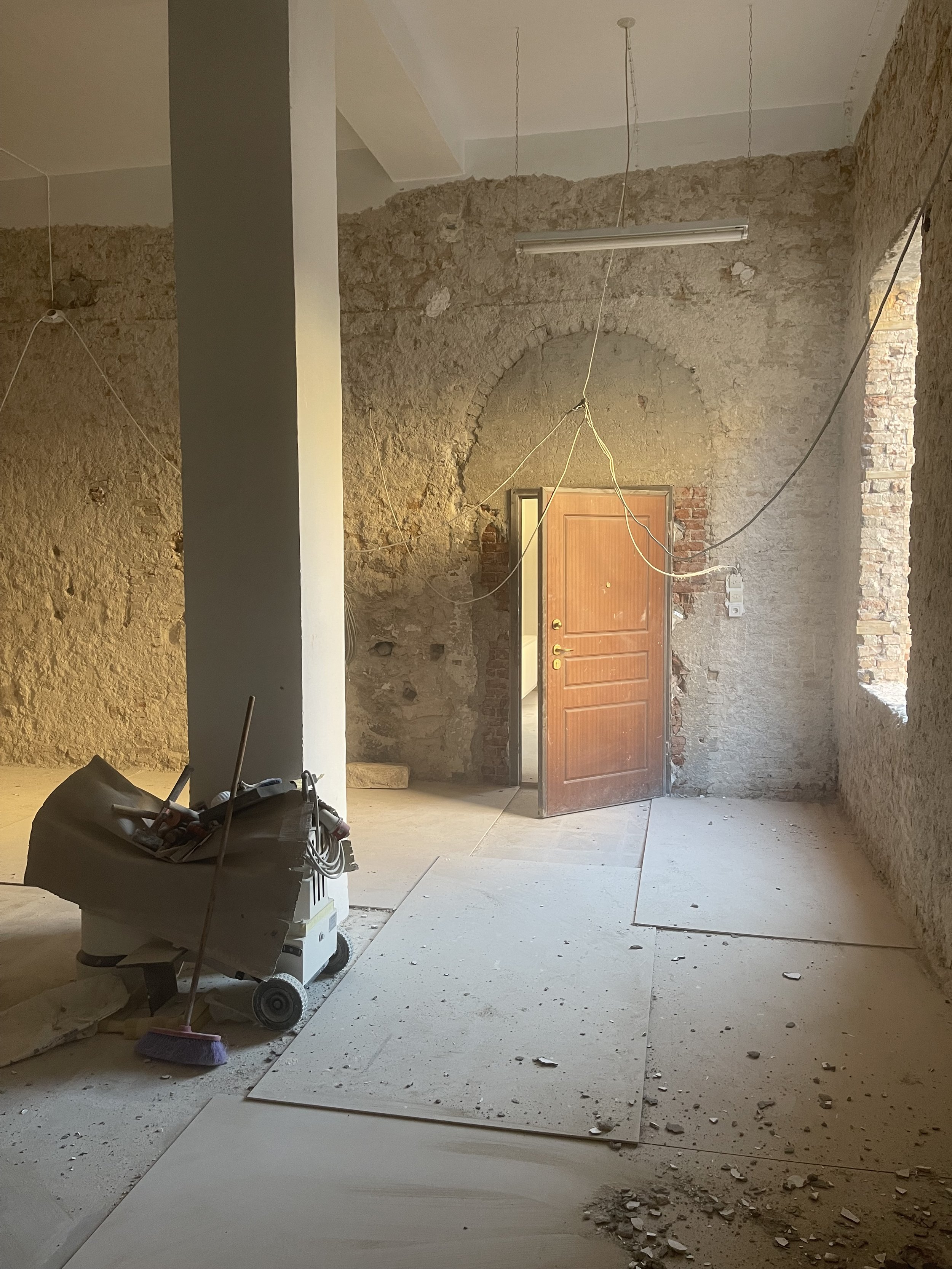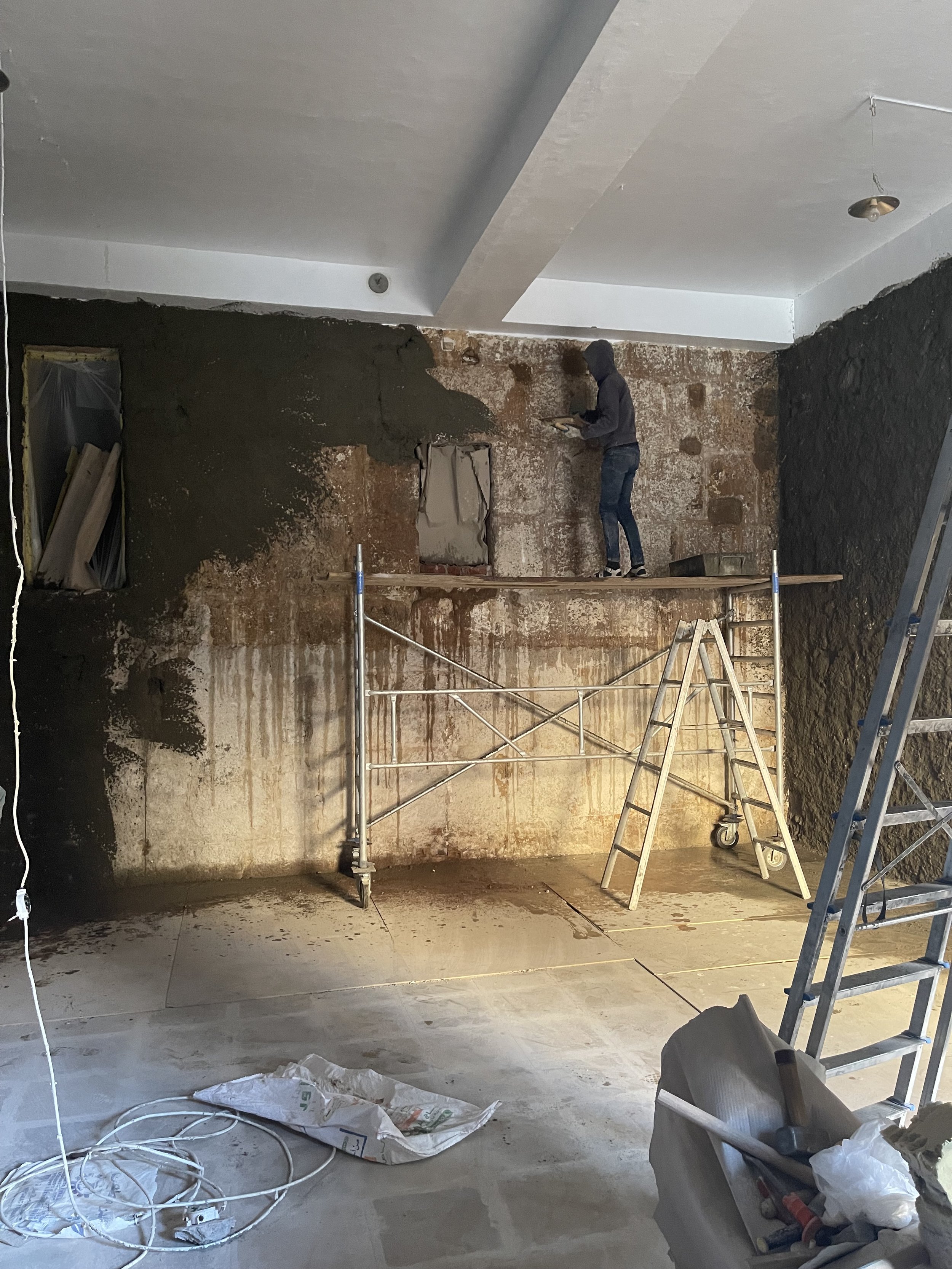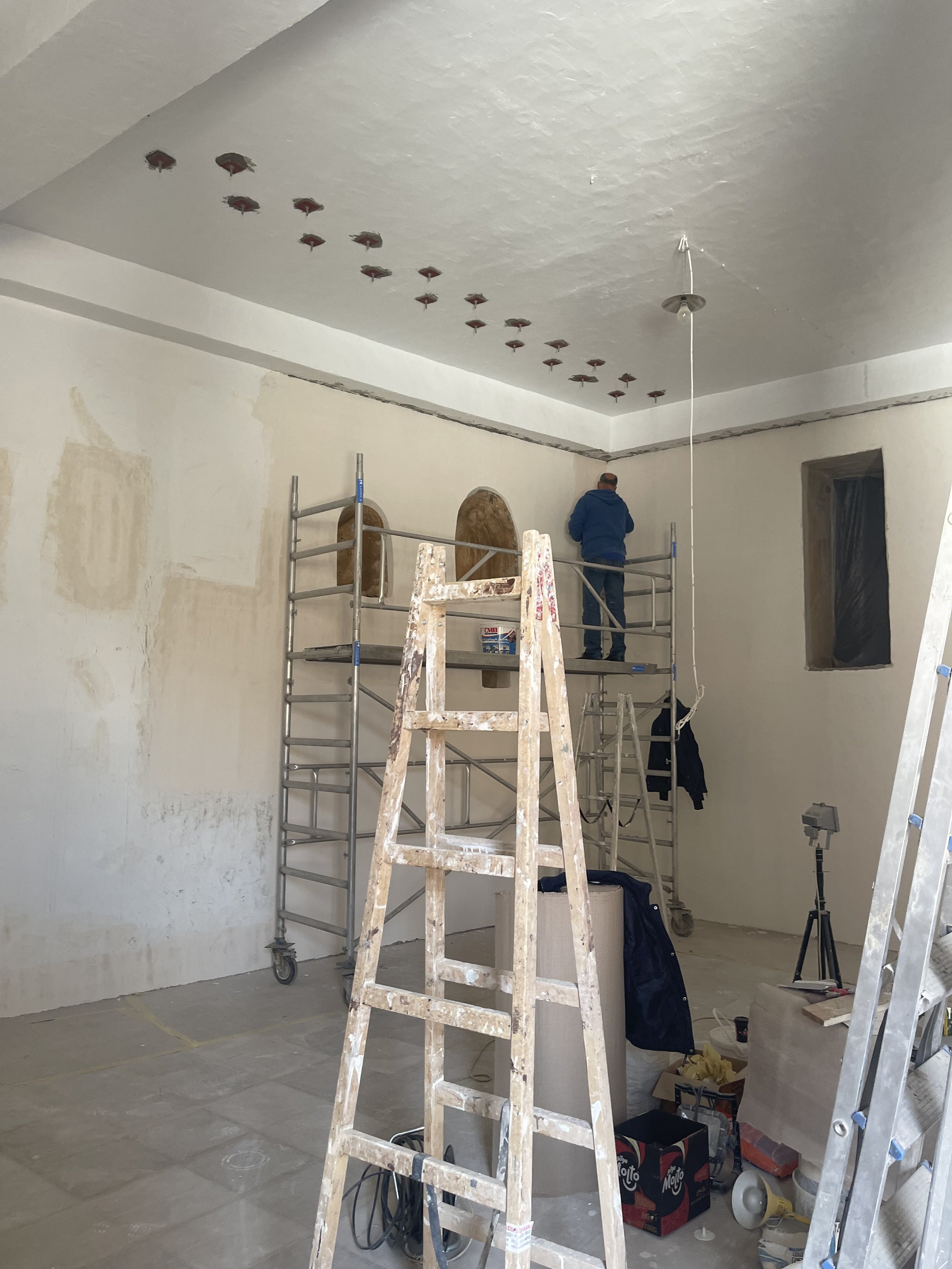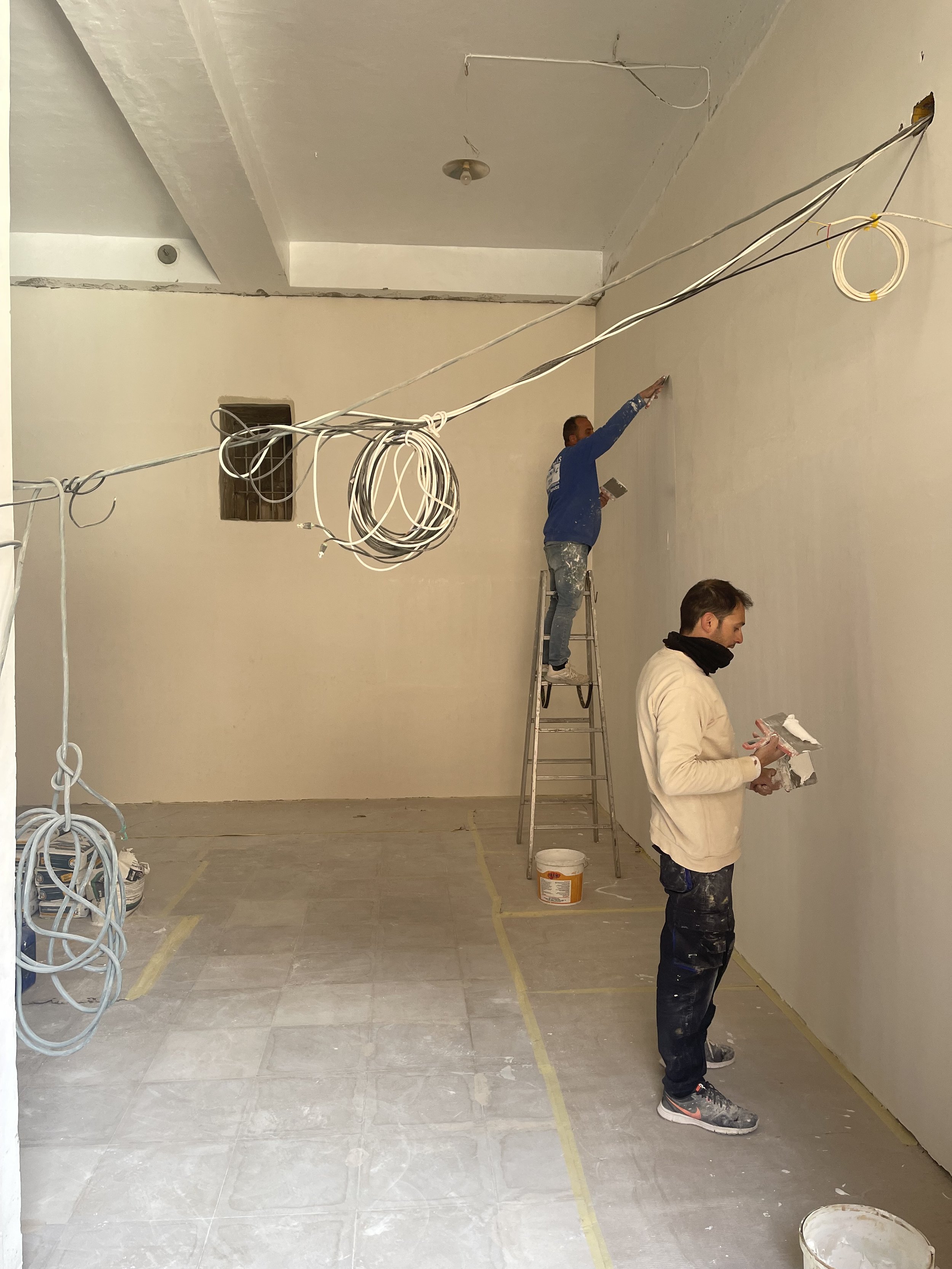Photo by Fr. Justin of Sinai
Dear Friends of Mount Sinai Monastery,
Hope you all had a blessed Pentecost-Feast of the Holy Trinity! In connection, the chapel at the holy summit of Mount Sinai, commonly known as the chapel of the Holy Trinity, is formally dedicated to God in the Highest. It was made using ruins of the original, larger Church built there by Emperor Justinian.
The Sinai Monastery is world-known as the Treasury of the ancient Orthodox Christian tradition in one of the most important Biblical sites in the world - both in Spirit and in the preservation of centuries-old chapels and the unique objects of Christian devotion, icons.
According to Archbishop of Sinai Damianos,* "in the eyes of every Orthodox Christian, holy icons are more than artful and historical objects. They are a vital entity and a vibrant presence in the liturgical life of the Church, which is the very context that sanctioned and fostered their creation, existence and use from early Christian times.
Sinai icon of Christ Pantocrator
Photo by Γιωργος Ξανθοπουλος
When seen in the light – ‘comparing spiritual things with spiritual’ (I Corinthians 2:13) – the icons’ multifaceted dimensions and intrinsic meaning can be approached, assessed and revealed with a new fullness of significance, and the creative act of the gifted individuals responsible for their facture becomes a part of the act of the living Church, proclaiming the truth of the Incarnation of the Logos, the Word of God."
The Archbishop also notes, that "the geographical isolation of the site, the perfect climatological conditions, and the zeal of the monks contributed to the preservation of the liturgical objects that accumulated over the centuries within the fortified walls of the monastery. Among these, the collection of Byzantine icons is the richest in the world, and it includes the greatest number of sixth- and seventh-century encaustic panels to have survived the scourge of Iconoclasm.
The basilica and the chapels of the Monastery are adorned with a multitude of icons, which are thus a presence in the daily liturgical life of both the Sinai brethren and the ever-present succession of pilgrims. In this manner they fulfill to the utmost the very reason for their existence: they are the focus of both private and common prayer, and they are venerated, hymned, censed, and contemplated, so that they become most powerful buttresses in our Christian ascesis, and material supports in religious life and worship. …"
In the Sinai Monastery Basilica
Photo by Γιωργος Ξανθοπουλος
Regarding the ongoing icon storage project, thanks to your generous support, progress is well under way for the icon storage room below the library at St. Catherine’s. The Monastery still needs ~$120,000 to complete the project (after subtracting funds we can send them now), which started with a total cost of ~$354,000 (330,000 Euros). If you or somebody you know may like to contribute, please see our support page or share this information.
Below are pictures of the work. For background, during the renovation of the library, the old icon storage room, built in the 1950s, was emptied/dismantled and all the icons moved to behind the museum, so the room could be used to store manuscripts. Now that the room is empty again, it is being renovated for improved preservation of the icons, including a fire protection system, temperature control, condensation drainage, and security system. A steel structure will be installed for improved storage of the icons.
Icon cases manufactured in Greece, before transportation to Cairo
Replacement of the old, rickety floor
Work on the windows
Renovation of the walls
*From the Article "The Icon as a Ladder of Divine Ascent in Form and Color" by Archbishop Damianos of Sinai and Raitho, in the Byzantium Icon Album by the Metropolitan Museum of Art.




